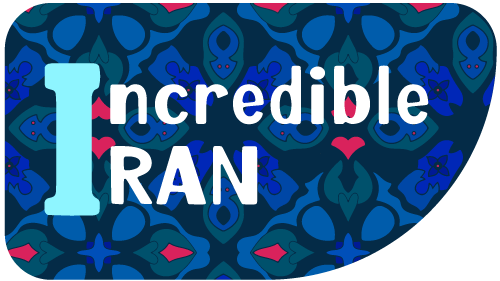Hiking and Nature Trails in Iran: A Trekker’s Paradise
What you will read in this article:
What is the best time for hiking in Iran?
The best time for hiking and nature trails in Iran is from spring to early fall (March to November) when the weather is more temperate and pleasant.
What should I pack for hiking in Iran?
Essential items include sturdy hiking boots, layered clothing for temperature regulation, a hat and sunglasses, sunscreen, a map or GPS, water and snacks, a first-aid kit, and a suitable backpack.
Is it safe to hike in the deserts of Iran?
Hiking in Iran’s deserts can be challenging, so it’s advisable to join reputable tour groups or hire local guides. It’s also crucial to carry sufficient water and inform others about your route and travel plans.
Do I need any special permits for hiking in protected areas of Iran?
Yes, for hiking in certain protected areas and national parks in Iran, you may need special permits. It’s best to check the regulations and obtain the necessary permits before your trip.
Which areas in Iran are best for wildlife viewing?
The Hyrcanian forests in northern Iran, the Zagros protected areas, and national parks like Golestan National Park and Touran National Park are excellent for wildlife viewing.
Can I camp along hiking trails in Iran?
Yes, many hiking trails in Iran offer camping facilities, and you can set up camp in designated spots. It’s important to bring appropriate camping gear and follow safety and environmental guidelines.
FAQs for Hiking and Nature Trails in Iran
1. Mount Damavand
Elevation: 5,671 meters (18,606 feet)
Duration: 4-5 days
Highlights: The highest peak in Iran and the Middle East, known for its challenging climb and spectacular views. It’s a dormant volcano with hot springs, and you might spot some wildlife like eagles and ibexes.
Best Time to Visit: June to September
3. Dena Range
Elevation: Peaks reaching up to 4,409 meters (14,465 feet)
Duration: Varies from 1-day hikes to multi-day treks
Highlights: Known for its biodiversity, including oak forests, wildflowers, and various animal species. Popular trails include routes to the peaks of Qash-Mastan and Bizhan.
Best Time to Visit: May to September
6. Golestan National Park
Elevation: Varies
Duration: Day hikes to multi-day treks
Highlights: Iran’s oldest national park, home to diverse wildlife such as Persian leopards, red deer, and various bird species. The park features forests, rivers, and waterfalls.
Best Time to Visit: April to June, September to November
Tips for Hiking in Iran
- Permits and Regulations: Check if you need permits, especially for national parks and protected areas.
- Guides: Consider hiring local guides for longer or more challenging treks.
- Gear: Ensure you have the appropriate gear for the terrain and weather conditions.
- Health and Safety: Stay hydrated, protect yourself from the sun, and be aware of altitude sickness in higher elevations.
- Respect Nature and Culture: Follow Leave No Trace principles and respect local customs and traditions.
Conclusion
Iran's diverse landscapes provide a wealth of hiking and trekking opportunities, from the towering peaks of the Alborz and Zagros mountains to the unique formations of its deserts. Whether you’re seeking a challenging climb, a serene nature walk, or a cultural journey through traditional villages, Iran offers something for every trekker.
Exploring Iran
Special Tours to Iran for English Speakers
in your
Native language
